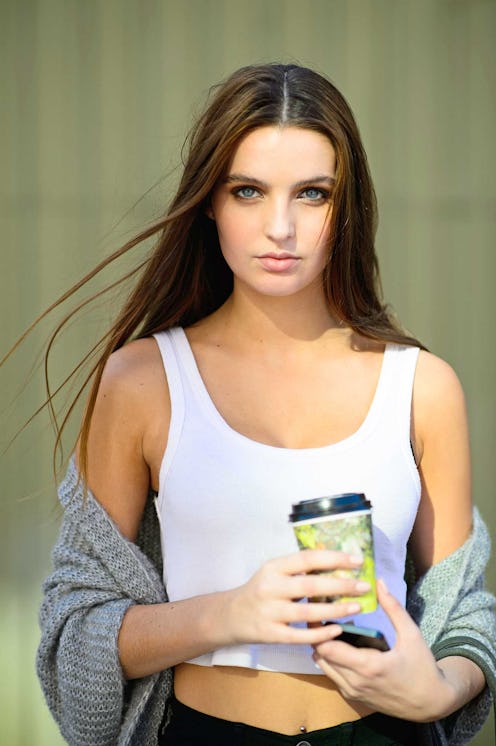(Beauty)
How 3D Printing Is Changing The Makeup Industry Forever

Imagine a world where you can make your own customized makeup or have it printed directly onto your face in seconds. Until recently, that was nothing but a beauty junkie’s wildest dream. Now, 3D printing is changing the game and could be directly affecting your beauty routine before you know it.
In 2014, Harvard Business School student Grace Choi first presented her new invention, the Mink 3D makeup printer, at TechCrunch (a massive technology conference in New York). In front of an audience, she put the printer to work in an on-stage demonstration, showing how to pull a color from any image online. Using Adobe Photoshop, Choi chose to copy the exact eye shadow shade used in a popular Michelle Phan tutorial and then print it (you know: file, print and so on) directly onto a cosmetic substrate using a printer similar to most home offices. The ink-jet printer went to work dyeing a colorless powder (it can also dye cream products) with an FDA-approved ink, and in less than 30 seconds she had the same eye shadow from the video. She popped it into a makeup palette to make it look pretty, and voila—makeup from a printer. The Mink makeup printer is currently on preorder for $275.
We can only assume that if it works (and works well), retailers will see a decline in sales. With its affordable price point, convenient approach and customizability, why would any makeup junkie ever walk into a busy department store again?
Given our obsession with technology-driven beauty inventions, we recently stumbled upon the future of makeup artistry: The Moda (by Foreo, the same brand that created the Luna sonic cleansing device) is a machine that prints makeup directly onto your face (no, we’re not kidding). “The world’s first digital makeup artist” syncs with your smartphone where you can choose from a gallery of celebrity makeup looks that range from a sultry smoky eye to a bright lip. Once you select the look you like, you place your face against the chin rest and hit start. The machine scans your face and applies FDA-approved mineral makeup, starting with a primer and foundation and then lipstick and eyeliner—all in 30 seconds. At the end of the day, it washes off like any other makeup.
The real question is this: In the future, could the Moda put makeup artists out of a job? While we can’t imagine putting our faces in a machine every day, this could mean less prep time for major editorial photo shoots and designer fashion shows. Getting a model ready in seconds is the fashion and beauty industries’ dream scenario.
While only time will tell what this really means for the beauty industry, we do know that it’s currently on the verge of major innovations. (Case in point: Even L’Oreal is experimenting with 3D printing imitation human skin to test beauty products.) The bottom line is that we are both freaked out and fascinated by this latest beauty craze.